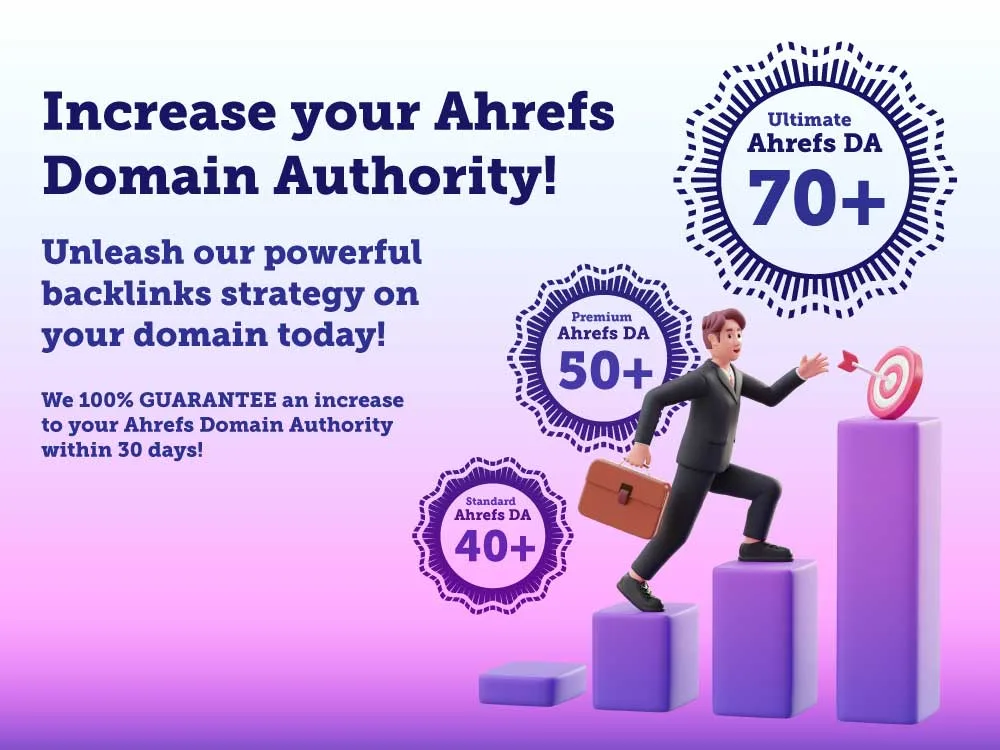Did you know that 93% of all online experiences begin with a search engine? In today’s digital world, having a strong online presence is crucial for businesses to thrive. That’s where website optimization comes into play. By investing in SEO services and implementing effective website search engine optimization strategies, you can optimize your website for search, improve its visibility, and boost its ranking in search engine results pages.
But website optimization is more than just improving search engine rankings. It’s about enhancing your website’s performance, increasing organic traffic, and attracting and retaining customers in the highly competitive online landscape.
In this article, we will explore the key components of website optimization. From understanding your target audience to optimizing website design and user experience, and implementing on-page and off-page optimization techniques, we will provide you with the knowledge and strategies you need to maximize your online impact.
Understanding Your Target Audience
Understanding your target audience is crucial for effective website optimization. By thoroughly researching and identifying your ideal customers, their needs, wants, interests, and pain points, you can tailor your website to attract and engage them successfully.
By gaining an in-depth understanding of your target audience, you can create relevant and compelling content that speaks directly to their needs and wants. This involves addressing their pain points and providing valuable solutions that resonate with them on a personal level.
Website customization plays a pivotal role in optimizing your site for your target audience. By customizing the layout, visuals, and messaging to align with their interests and preferences, you can establish a strong connection and keep visitors engaged.
“Knowing your audience is the key to delivering a website experience that captures their attention and meets their specific needs.” – Jane Smith, Marketing Expert
Design and User Experience Optimization
The design and user experience of your website are crucial factors in attracting and retaining customers. A well-designed website that is visually appealing, easy to navigate, and optimized for different devices can make a positive first impression and keep visitors engaged.
Investing in a user-friendly website design and intuitive navigation will enhance the overall user experience and increase customer satisfaction. Consider the following elements to optimize your website:
Website Design
When it comes to website design, simplicity is key. A clean and uncluttered layout allows visitors to focus on your content without distractions. Choose a design that reflects your brand identity and aligns with your target audience’s preferences. Visually appealing graphics, high-quality images, and responsive typography can enhance the aesthetic appeal of your website.
User-Friendly Navigation
Ensure that your website has clear and intuitive navigation menus. Using descriptive labels and organizing content logically will help visitors find what they’re looking for quickly and easily. Implementing a search feature can further enhance user experience by allowing users to find specific information without hassle.
Mobile Optimization
In today’s mobile-first world, optimizing your website for mobile devices is vital. Mobile optimization ensures that your website displays correctly and functions seamlessly on smartphones and tablets. Responsive design techniques enable your website to adapt to different screen sizes, providing an optimal user experience across devices.
Content Organization
Organize your content in a structured and easily scannable format. Use headings, subheadings, and bullet points to break up text and make it more digestible. Separate different sections of content with whitespace to improve readability. Implementing a clear hierarchy and consistent formatting will help users navigate and understand your content more effectively.
By focusing on website design, user experience, website layout, content organization, and mobile optimization, you can create a website that not only attracts visitors but also keeps them engaged and satisfied, ultimately leading to increased conversions and business growth.
Optimizing Website Content for Search Engines
When it comes to improving your website’s visibility in search engine results pages (SERPs), search engine optimization (SEO) is key. By conducting thorough keyword research and incorporating relevant keywords into your website’s content, you can enhance its visibility to search engines and attract more organic traffic.
On-page optimization is another crucial aspect of website content optimization. By optimizing meta descriptions, header tags, and internal linking, you can improve the structure and readability of your content, making it more appealing to both users and search engines.
But it doesn’t stop there. Off-page optimization is equally important for boosting your website’s credibility and authority. Building quality backlinks from reputable websites signals to search engines that your content is valuable and trustworthy, helping your website climb higher in SERPs.
FAQ
Why is website optimization important?
Website optimization is important because it helps businesses attract and retain customers in the competitive online landscape. By optimizing your website, you can improve its visibility in search engine results, increase organic traffic, and enhance your website’s performance.
How can I understand my target audience?
Understanding your target audience involves researching and identifying your ideal customers, their needs, wants, interests, and pain points. This can be done through market research, customer surveys, and analyzing website analytics. By understanding your target audience, you can tailor your website content and design to effectively attract and engage them.
How does website design affect user experience?
Website design plays a significant role in user experience. A well-designed website that is visually appealing, easy to navigate, and optimized for different devices can make a positive first impression and keep visitors engaged. Investing in a user-friendly website design, intuitive navigation, and mobile optimization can enhance the overall user experience and increase customer satisfaction.
How can I optimize my website’s content for search engines?
To optimize your website’s content for search engines, you can conduct keyword research to identify relevant keywords and incorporate them into your website’s content. Implement on-page optimization techniques such as optimizing meta descriptions, header tags, and internal linking. Additionally, focus on off-page optimization by building quality backlinks from reputable websites to boost your website’s credibility and authority in the eyes of search engines.
Source Links
https://www.siteimprove.com/glossary/website-optimization/
https://aicontentfy.com/en/blog/maximizing-customer-acquisition-through-website-optimization
https://www.workast.com/blog/optimizing-online-presence-unveiling-the-power-of-a-strategic-seo-approach/

